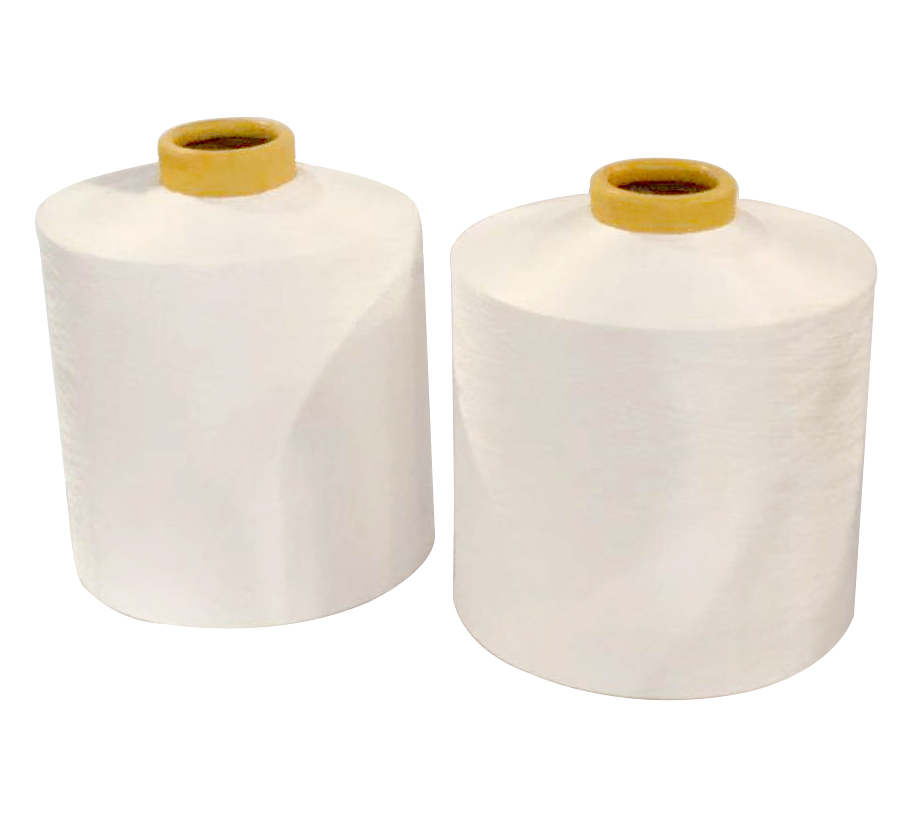Recycled 150D48F RW HIM Polyester Yarn Type: Polyester Yarn Pattern: Raw Technic...
See DetailsA common method for intermingling yarns is air intermingling. This method involves passing a flat bundle of yarn through turbulent jets of cold air. The loose yarn intertwines with the filaments at regular intervals, creating a compact section. This method provides dimensional stability to the woven fabric. In the following, we'll discuss how it's used. Let's begin by defining intermingling.
During melange production, the air pressure is crucial. The range for intermingling is between two and three bars. Any variation between these levels will result in different melange appearances. For commercial melange production, this range is usually between three and four bars. However, there are some important factors to consider before launching intermingling operations. Here are some of these variables:
Fibers with different physical and chemical properties are mixed to produce a yarn with unique properties. A typical example of an intermingled yarn is filament core-spun. Its core consists of two types of fibres. Each of these yarns is spun together to achieve a unique blend of fibers, resulting in yarn with unique qualities. This type of fiber is a combination of two types of fibers that is important for improving the physical properties of the fabric.
The intermingled yarn may be composed of any synthetic filament. Generally, polyester and polyamide yarns are preferred. Polyethylene terephthalate yarns with polyester wax content are particularly preferred. The kinematic viscosity of these yarns is approximately two to three hundred dtex. These characteristics are ideal for yarns used for air bags. In addition, the intermingling process imparts special properties to the fabric.

The percentage of polyester in an intermingled fabric varies depending on the amount of nylon and polyester overfeed. In an intermingled yarn with a low amount of intermingling, the amount of black pixels is relatively small. Conversely, fabrics with a high percentage of nylon are likely to have a higher degree of intermingling due to a lower level of dyed areas. Changing the overfeeds of polyester and nylon yarns will allow fabric manufacturers to achieve a wide range of varied fabric appearances.
The mean opening length, also known as the intermingling point, is measured with the same method used for intermingling yarns. Using the Rothschild type R-2040 automatic yarn entanglement tester, the yarn is weighed at two trip levels. The value at the latter level is larger than the value at the former. The coefficient K1 can be calculated using the formula ##EQU1##
Increasing the air index of a fiber is crucial for achieving high weft insertion speeds. The air index of a yarn also determines the amount of air pressure required at the main nozzle. A higher air index translates into a higher weft insertion speed in practice. Similarly, higher air index values mean a higher level of air permeability, a desirable quality for filter fabrics used in air bags.
Intermingling yarns are also called interlaced yarns. Polyester DTY yarns are twisted to high twist levels, between 1500 and 4000 TPM. The twisted yarns are then heat-set. This method produces yarns with different levels of crystallinity and color take. A new method called Catonic DTY combines the benefits of polyester and cotton filament yarns to produce an intermingled yarn that's more flexible.
The melange appearance of jersey knitted fabrics produced using intermingled synthetic filament yarns has been used for a number of applications. The yarn is used for technical fabrics ranging in density from 100 to 1500 dtex. In addition, the yarn is virtually free of tangle knots. Another component contains a polyester wax. The yarn is woven at a fast speed to achieve a uniform appearance. It also has improved aging resistance.